One dermatologist explains why you get acne in the winter and shares the best ways to treat it.
The cold weather takes a huge toll on our complexion. The dry air, harsh temps and sharp winds turn our skin red, splotchy, dry and uneven—and it doesn’t end there for some of us. Winter acne is a thing, and for those who battle blemishes year-round, breakouts can worsen during the frosty months. Sounds weird, right? Shouldn’t we be breaking out more in the heat, when we sweat? To help us understand winter acne and find a way to treat it, we’re turned to Dr. Benjamin Barankin, Toronto dermatologist and spokesperson of the Acne and Rosacea Society of Canada, for help so we can welcome the new year with a fresh start face.
 Why am I breaking out in the winter?
Why am I breaking out in the winter?
The main culprit to blame is the dry air. “There’s less humidity and moisture in the winter air, so your skin can become more irritable, dull and flaky,” says Dr. Barankin. “During the cold weather, what happens is your oil glands try to counteract the dry environmental air and start to over-secrete oil, resulting in breakouts and sometimes the appearance of larger looking pores.”
The reason your skin is better during the summer months is that a bit of sunlight can soothe blemishes. “The sun itself has some anti-inflammatory properties, so the lack of a strong sun in the winter time can cause acne to flare on the face in particular.” Time to book that winter getaway, right? (But that doesn’t mean you should ever skip your daily dose of SPF—it’s the best way to prevent premature aging and sun damage, as well as more serious concerns like skin cancer.)
Click here for the full article.
Credit: By Alyssia Tria, CanadianLiving.com


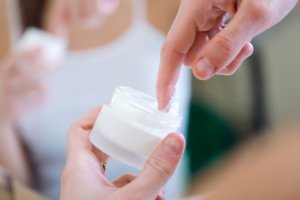 “We get it: Ruling the world from one’s iPhone leaves little time for diligent skin care. But “by your mid-20s, you really need to start paying attention,” says Kristina Holey, a holistic facialist in San Francisco. Breakouts, brown spots, and dry patches are likely on your mind. But using too many products can irk skin and clog pores. Here, experts highlight the decade’s most common challenges — and everything you need to overcome them.”
“We get it: Ruling the world from one’s iPhone leaves little time for diligent skin care. But “by your mid-20s, you really need to start paying attention,” says Kristina Holey, a holistic facialist in San Francisco. Breakouts, brown spots, and dry patches are likely on your mind. But using too many products can irk skin and clog pores. Here, experts highlight the decade’s most common challenges — and everything you need to overcome them.” 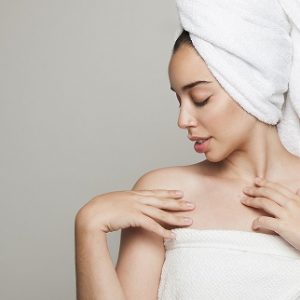 “Are you sure that that mole isn’t melanoma? According to the
“Are you sure that that mole isn’t melanoma? According to the 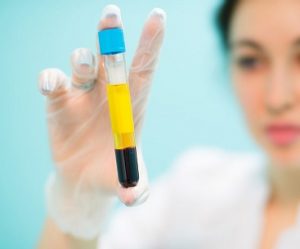 “At this point, you’ve probably seen photos and videos circulating on Instagram and Snapchat showcasing blood-splattered selfies, all taken in the name of beauty. What sounds (and looks) like an absolute nightmare is actually one of the industry’s most-requested treatments: the
“At this point, you’ve probably seen photos and videos circulating on Instagram and Snapchat showcasing blood-splattered selfies, all taken in the name of beauty. What sounds (and looks) like an absolute nightmare is actually one of the industry’s most-requested treatments: the 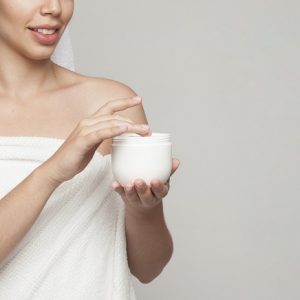 I love lotion. No, really—like, I love love it. Every single night, I slather moisturizer all over my body and face like I’m a dehydrated sea sponge washed ashore, and during the day, I compulsively apply hand cream so often that my computer mouse is permanently slippery. So when two other Allure editors announced that they rarely, if ever, use moisturizer, my brain short-circuited. “But…but your skin needs moisture!” I cried out, channeling my inner dermatologist and surgeon general. “…Right?” I mean, what if I’m just addicted to lotion? What would really happen if I stopped moisturizing for a few days—a few weeks—a year?! Think of the money I’d save on not buying my monthly Gold Bond supply! I quickly emailed my derm squad for backup.
I love lotion. No, really—like, I love love it. Every single night, I slather moisturizer all over my body and face like I’m a dehydrated sea sponge washed ashore, and during the day, I compulsively apply hand cream so often that my computer mouse is permanently slippery. So when two other Allure editors announced that they rarely, if ever, use moisturizer, my brain short-circuited. “But…but your skin needs moisture!” I cried out, channeling my inner dermatologist and surgeon general. “…Right?” I mean, what if I’m just addicted to lotion? What would really happen if I stopped moisturizing for a few days—a few weeks—a year?! Think of the money I’d save on not buying my monthly Gold Bond supply! I quickly emailed my derm squad for backup. Good Morning Britain host Piers Morgan, 52, was saved from
Good Morning Britain host Piers Morgan, 52, was saved from 
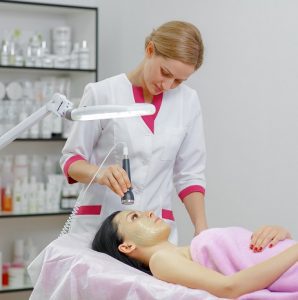 One of Hollywood’s best-kept skin secrets is
One of Hollywood’s best-kept skin secrets is 
